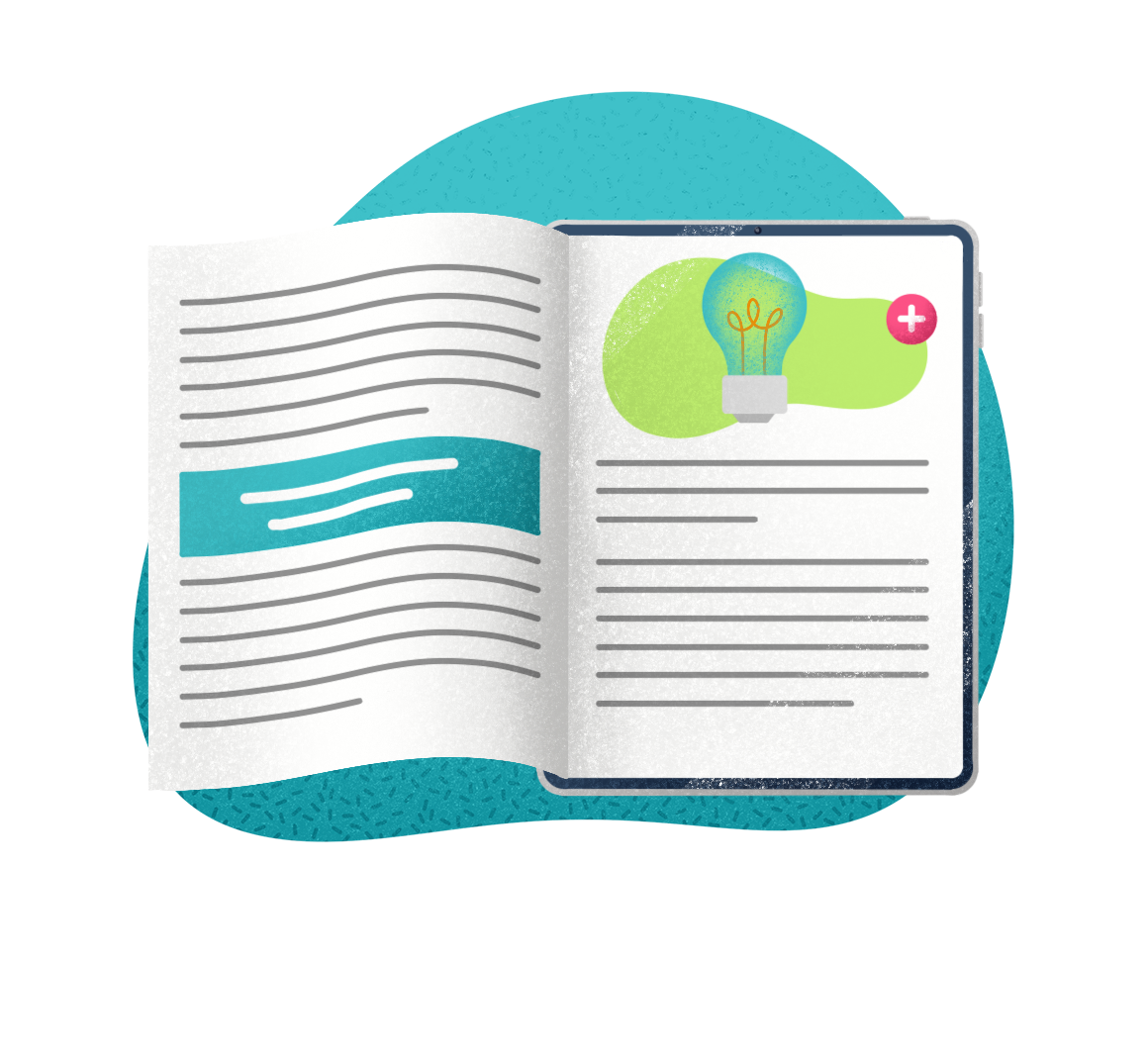The holidays are here, which means there is plenty of cheer and excitement in the air. But chances are, there are also plenty of time-off requests for your service desk team, too. With increased time off requests, more employees working remotely, fewer resources, and more personal stress, handling the holidays can be a tough time for the service desk team.
To help your service desk team sleigh this holiday season we have a few suggestions to help you put automation and AI to work and avoid being caught adrift.
4 Ways to Use Automation and AI to Relieve Service Desk Holiday Stress
The AI and automation we are going to cover in this post are technologies you likely already have in place as part of your IT service management tool. If your ITSM tool does not have these capabilities, it may be time to re-think your ITSM solution and consider process automation, artificial intelligence, automation technologies, and even robotic process automation.
1. Implement Automated Workflows & Re-Routed Tickets During Low Staffing
There is nothing quite as frustrating as a ticket being routed to someone who isn’t there, or a person who is absent leaving confusing workflows. To add to the stress, when you’ve got Tier-2 or Tier-3 support covering different levels because that is where the staffing need is, you run the risk of workflows being disrupted and processes being ignored.
To combat this, put empowering automation to work in a two-pronged approach: first by creating automated workflows and second with ticket re-routing.
Routing tickets to the right people should be done automatically, with little human intervention. Creating a queue of tickets for agents to claim or assign to other team members creates room for human error, which can amount to tickets being lost or forgotten and incidents to fall through the cracks until they become bigger problems. This is part of the greater term, workflow automation.
Workflow automation is the process of automating a sequence of events, like file routing, information sharing, and human tasks between systems or people. In layman’s terms, when an internal signal, form fill, or action is completed, it triggers the next step. This might mean that it triggers information to be moved to a specific person or system, giving a streamlined, hands-off approach to repetitive tasks or processes.
Simply put: workflow automation is the force that allows the dominos of any task to fall into place.
This type of automation is crucial when you’re looking to avoid being snowed in by tickets and save time and support people who may be in roles they don’t usually fill, or during times of low staffing. It can ensure that the right people are handing the right tickets, in the right way, at the right time.
2. Leverage AITSM for Improved Productivity
Going a step beyond workflow automation and ticket routing, AITSM, which includes intelligent automation, is a way to shift the IT service desk from a cost center to a value center, even during times of low-staffing and stress.
Gartner’s definition of AITSM states:
“AITSM is not an acronym; rather, it is an initialism. It is a concept that refers to the application of context, advice, actions and interfaces of AI, automation and big data on ITSM tools and optimized practices to improve the overall effectiveness, efficiency and error reduction for I&O staff.”
In other words, AITSM is ITSM driven by intelligent automation to assist with tasks, requests, and actions in the IT service desk. A few examples of the critical capabilities of AITSM include:
- Leverage AI and machine learning to prescribe classification, priority, and knowledge related to an incident
- Proactive identification and remedy of user-issues
- Automated creation of knowledge responses using text analytics and smart data discovery on unstructured data
- Identify knowledge experts and articles
- Sentiment analysis
When your human agents are facing frustrating or stressful circumstances, AITSM can offer much-needed relief.
3. Improve Status Updates
Service desk agents and their customers share something in common: both don’t want to have constant check-ins for status updates. The more a customer has to check on a ticket’s status and ETA for a solution, the more productivity is lost for both the agent and the customer.
Don’t leave your customers out in the cold, wondering what happened to their ticket.
With certain automated programs you can specify rules for sending timely updates to your customers about the status of their ticket or request. By keeping your customers informed, you reduce the number of questions the service desk receives. If a ticket resolution falls short of your service-level agreement you can set up automated alerts that will escalate to the highest priority status, so nothing falls between the cracks.
4. Understand IT Infrastructure Monitoring to Prevent Downtime
Contrary to popular belief, the IT department doesn’t have a crystal ball to see the future. But, we’re getting closer.
While we work on inventing a time machine to predict what will happen, you can use the next-best-thing with IT infrastructure monitoring and AIOps that can make predictions for the next 15 hours. This is key in avoiding unplanned downtime and planning agent time off. It can also help you avoid circumstances of needing to call your IT service desk team to get the system back online during the holidays when they are likely to be busy celebrating with their families. This creates a positive impact for agents and customers alike and keeps the business on track.
Learn How to Create Empowering Automation Experiences
Automation and AI doesn’t need to be a treat for the holidays. Rather, it should be a long-term investment in your organization and your processes and technologies. To learn how EasyVista can help you automate processes and create a positive impact for your users, get a demo today.

Infographic – The status of SMB IT in 2026
Explore how AI, automation & integrated ITSM/ITAM are reshaping IT strategy—at every scale.


